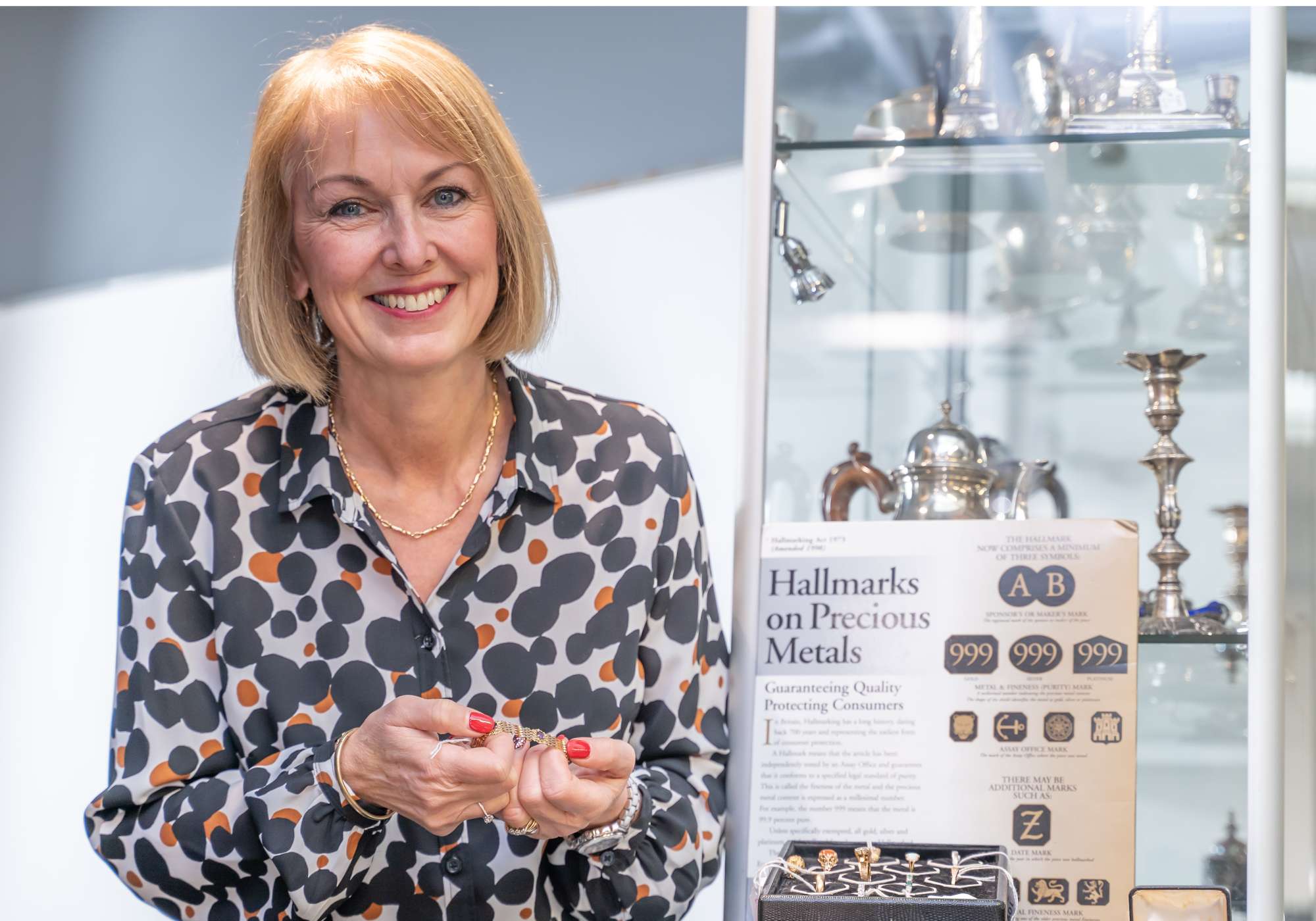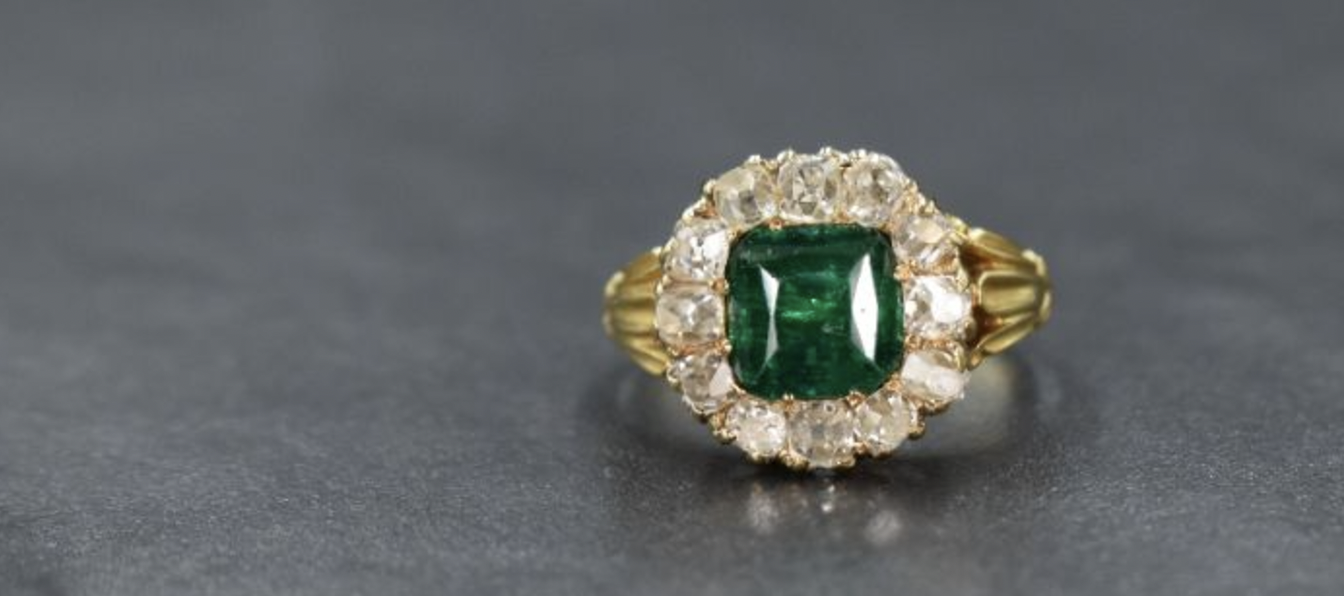Diamonds are no longer always the default choice for people choosing a piece of jewellery. Buyers are now becoming braver with colour on their fingers or around their neck and many are choosing emeralds. The intense shades of green bring a different dimension from colourless diamonds, which have been the go-to stone for many years.
A quick history of emeralds.
The first known emeralds date back as early as 330 BC, but some estimate that the oldest emeralds on record are 2.97 billion years old. Cleopatra is probably the most well-known historical figure to love emeralds and she is thought to have claimed ownership of all the emerald mines in Egypt during her reign.
Look for rarity and clarity.
Emeralds are twenty times rarer than diamonds and are historically believed to possess healing powers and symbolise peace, luck, good fortune, love and fertility so becoming an important addition to many jewellery collections. Most emeralds today are mined in Columbia, though they are also mined in Brazil, Zambia, Afghanistan and Russia. All the
stones having subtle differences in colour and clarity depending on which mine they are from. The shade of green chosen in a ring or piece of jewellery is usually due to one’s individual taste, however the deeper and clearer the stone, the more valuable it usually is.
Most emeralds when cut and polished will have inclusions, often large and visible to the eye, these features are natural and occur within the process of the emerald’s formation in the ground and make every stone unique. Inclusions can vary from wispy feather like marks to what can look like tiny droplets of liquid, but all are purely natural. Many emeralds are shaped by gemstone cutters in the “Emerald cut” as this shows off the stone’s depth of colour due to it working with the long crystals that form in the stone, giving it a symmetrical shape enhancing its overall appearance and allowing it to reflect light beautifully.
Softer stones need extra care
It is also worth bearing in mind when choosing a piece of emerald jewellery that emeralds are a fairly soft stone compared to diamonds, sapphires and rubies, therefore special care should be taken when wearing them. An emerald ring will show signs of wear over time as the stone will easily scratch or chip so it is not really suitable for everyday wear. Also take care when cleaning or storing emeralds. Don’t use an ultrasonic cleaner as many emeralds are “oiled” to fill little fissures in the stones and the use of sonic vibrations can cause the stones to crack. Therefore, just clean your emerald jewellery with warm soapy water and a soft bristle brush. Also try and store your emerald jewellery in their own separate boxes rather than jumbled up together in a jewellery case as this will avoid scratching.
Adding the wow factor to anyone’s jewellery collection
Jewellers over the last few years have reported that sales of rings containing emeralds have increased by over 30%. Apart from their colour this may possibly be also due to people loving the history and rarity emerald stones and the fact that they have historically, always been associated with Royalty and film star opulence, such as Elizabeth Taylor’s famous
emerald pendant that sold for 6.5 million dollars in 2011.
Many pieces of emerald jewellery are of a classic cut and design so they hold a vintage appeal without feeling outdated. They are usually timeless pieces and are suitable as a gift in many circumstances whether as a family tradition, birthstone present for a May birthday, engagement ring, eternity ring or just as a beautiful classic design piece of jewellery.
Bearing this in mind, emerald jewellery worth sourcing for excellent prices. Take a look at our bi-monthly jewellery auction.


